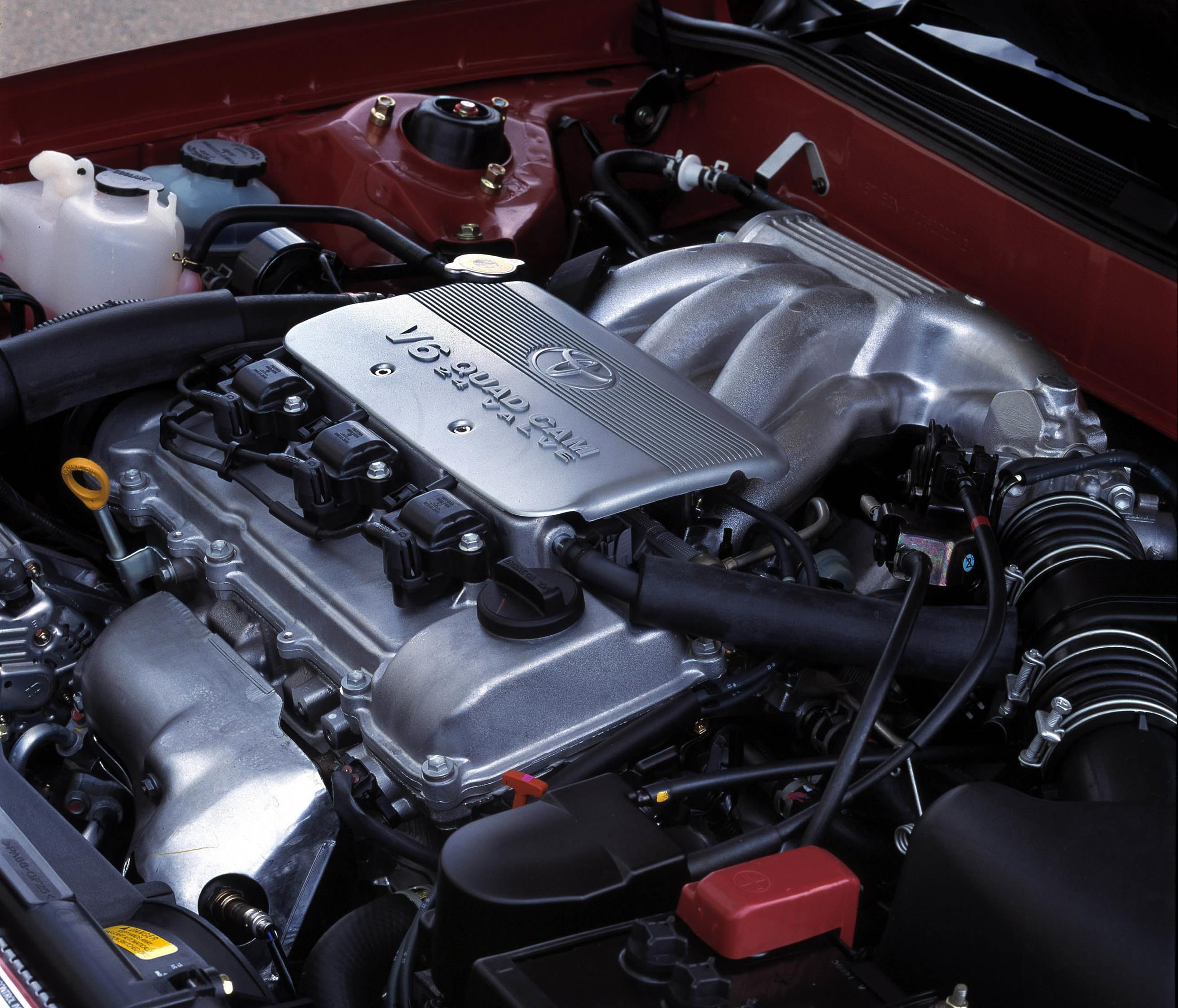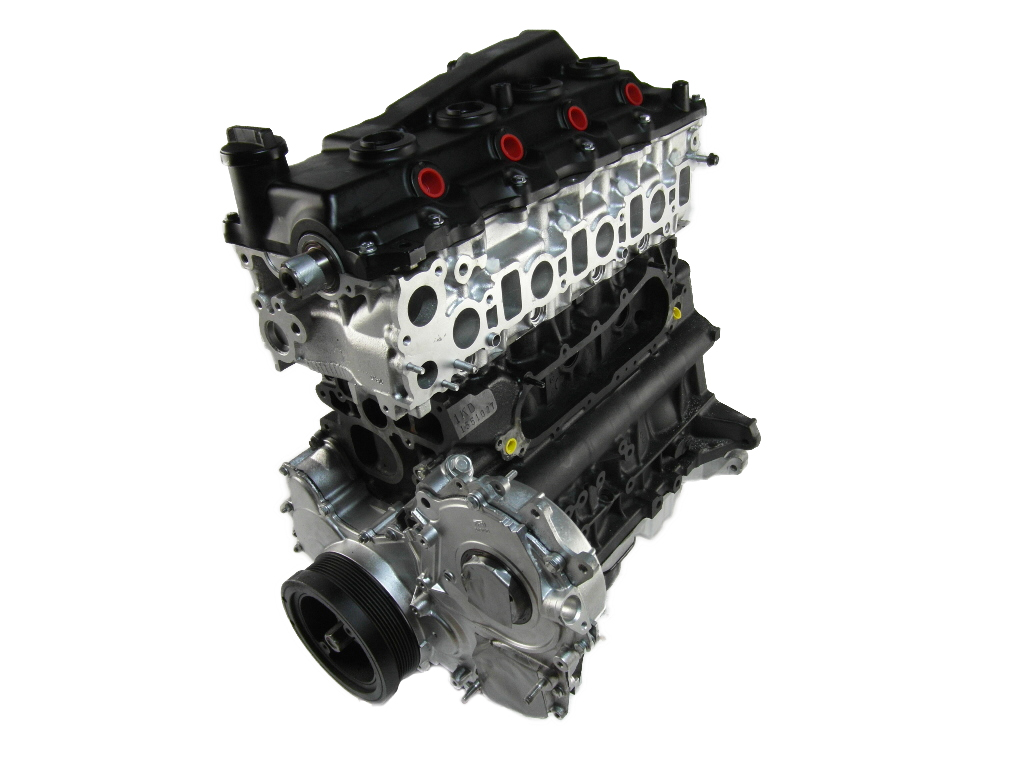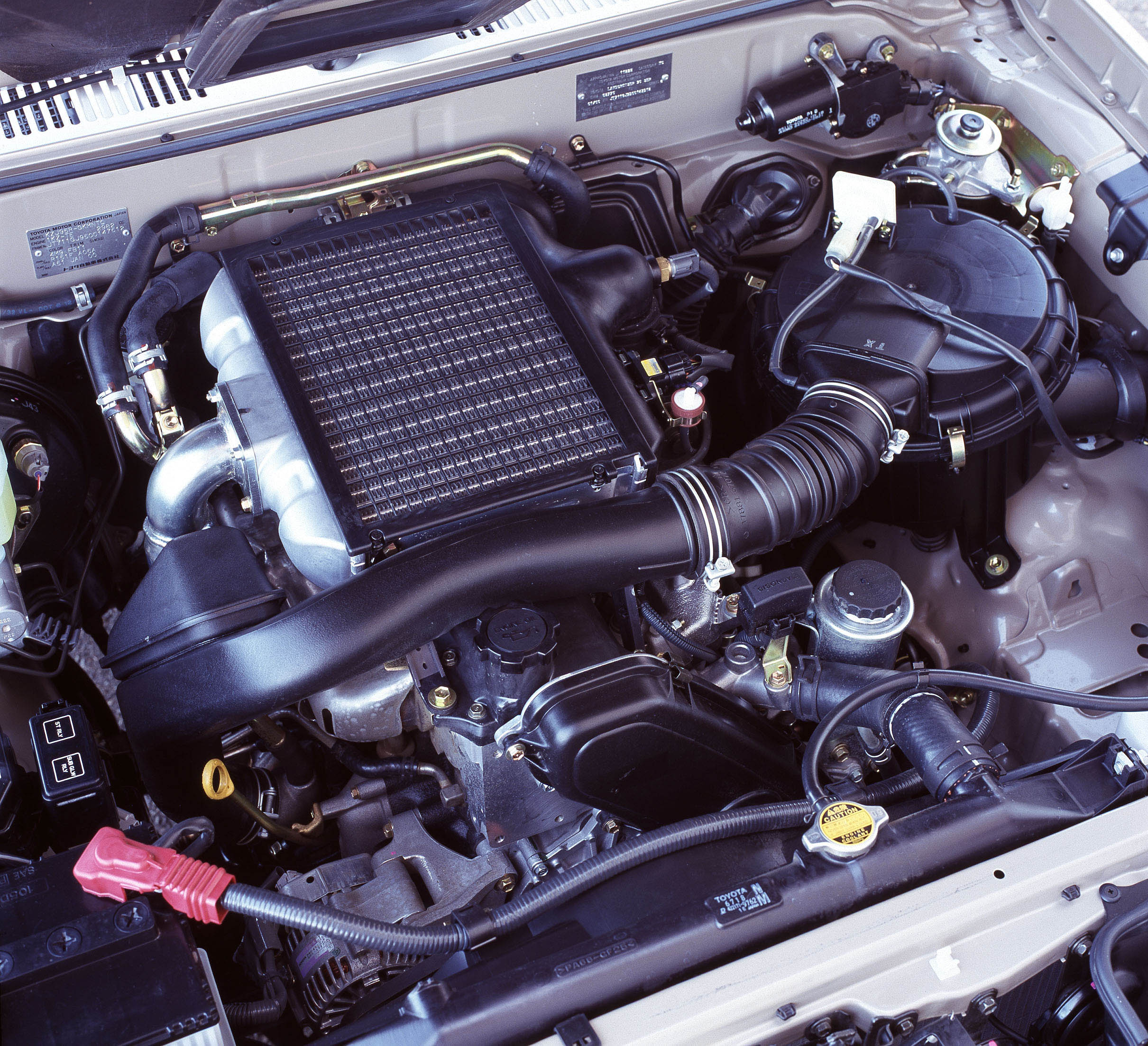Introduction
Ford’s ‘Barra EcoLPi’ was a dedicated LPG, 4.0-litre inline six-cylinder engine. Replacing the Barra E-Gas, the Barra EcoLPi engine was introduced in the Ford FG Falcon in 2011 and continued to be offered for the FG X Falcon from 2014. Significantly, the EcoLPi engine injected liquid gas directly into the intake port to deliver significant power and fuel economy benefits relative to the vapour-injection Barra E-Gas engine.
Compared to the Barra E-Gas, changes for the Barra EcoLPi included:
- Cast-iron block;
- Aluminium alloy cylinder head;
- Double overhead camshafts with variable cam timing;
- Four valves per cylinder;
- Maximum engine speed of 6000 rpm; and,
- Electronic ‘drive-by-wire’ throttle control.
| Model | Engine | Trans. | Peak power | Peak torque | Years |
|---|---|---|---|---|---|
| Ford FG Falcon | 4.0-litre LPG I6 | 6sp auto | 198kW at 5000rpm | 409Nm at 3250rpm | 2011-14 |
| Ford FG X Falcon | 4.0-litre LPG I6 | 6sp auto | 198kW at 5000rpm | 409Nm at 3250rpm | 2014-16 |
Block
Like Ford’s other Barra engines, the Barra EcoLPi engine had a cast iron block with 92.26 mm bores and a 99.31 mm stroke for a capacity of 3984 cc. Similarly, the Barra EcoLPi block had cross-bolted main bearing caps to increase rigidity and a cross-bolted alloy sump.
Cylinder head
The Barra EcoLPi engine had a gravity-cast, aluminium alloy cylinder head which was mounted on a single layer steel (SLS) sheet metal gasket. It is understood that the Barra EcoLPi engine shared its cylinder head with the Barra 195 engine which – for the 2008 FG range – introduced a ‘fast burn’ cylinder head with revised intake port profiling and new combustion chamber geometry to increase swirl.
The water jacket for the Barra EcoLPi engine featured deflection vanes to squeeze coolant past hot spots – such as the exhaust valve seats – at higher velocities to achieve more even temperatures throughout the cylinder head.
Camshafts and valvetrain
The Barra EcoLPi engine had double overhead camshafts that were driven by a single-stage roller chain. To minimise weight and improve durability at higher engine speeds, the camshafts were roll-forged and had bored centres.
The Barra EcoLPi engine had four valves per cylinder that were actuated by roller finger followers; hydraulic lash adjusters maintained zero valve clearance, while a clip held the lash adjuster to the rocker for durability. To limit in-chamber tumble and provide good seating, the valves had a domed head and no lip.
Dual independent variable cam timing
The Barra EcoLPi engine had a vane-type VCT phaser – produced by Aisin – on each camshaft that provided continual variable adjustment within a 60 degree range (10 degrees advanced or 50 degrees retarded from the initial pin lock position). Each camshaft phaser was hydraulically controlled via an oil control valve that was mounted on top of it.
The variable cam timing system for the Barra EcoLPi engine was Ford’s ‘Dual Independent Phase Shifting’ (DIPS) – also known as dual independent variable cam timing, DIVCT – which enabled the intake and exhaust camshafts to be varied independently of each other.
Intake
It is understood that the Barra EcoLPi engine had a ‘dual mode, split plenum intake manifold’, like the Barra 195 engine. The purpose of the split plenum intake manifold was to separate intake pulses in the manifold according to the firing order of the cylinders – this minimised interference of one cylinder’s pressure waves with those of another, improving mid-range torque.
It is understood that the term ‘dual mode’ was used to refer Ford’s ‘Intake Manifold Charge Control’ or IMCC system which used a butterfly valve in the intake runner for each cylinder that was controlled by the Powertrain Control Module (PCM) via a vacuum actuator. In normal operation, the butterfly valves were closed to create a longer intake path to increase the pulsing effect of the intake air, draw more air into the cylinder and increase torque. At higher engine speeds (i.e. above approximately 3800 rpm for the Barra 182 and Barra 190), the butterfly valves would to create a shorter intake path which reduced intake resistance and allowed a greater volume of air into the cylinder for top-end power.
Liquid gas injection
Significantly, the Barra EcoLPi’s injectors delivered liquid-state LPG from the high-pressure fuel rail to the intake port. By injecting the LPG in a liquid state directly into the intake port, the Barra EcoLPi engine benefited from the subsequent expansion of the LPG and its associated cooling effect which increased the density of the incoming air charge. In contrast, the Barra E-Gas engine used a converter to turn the LPG into vapour before delivering it to the intake port via a venturi in the throttle body. The injection and firing order for the Barra EcoLPi engine was 1-5-3-6-2-4.
Hardware changes for the Barra EcoLPi engine included:
- A new high-pressure fuel rail that was developed specifically for the EcoLPi engine;
- New injectors;
- New polymer fuel lines with a low thermal mass to keep the LPG in its liquid state;
- A new fuel line filter;
- A new high-pressure fuel pump; and,
- A modified fuel tank with new in-tank filter.
Furthermore, the Barra EcoLPi engine introduced new lightweight pistons which made for a compression ratio of 12.0:1 (compared to 10.3:1 for the BF/FG Barra E-Gas engine), providing greater thermal efficiency and lower fuel consumption.
Ignition
The Barra EcoLPi engine had distributorless, coil-on-plug ignition with individual coils mounted above the spark plug. The long-life spark plug was positioned in the centre of the combustion chamber roof between the four valves.
Like the BF E-Gas engine, the Barra EcoLPi engine had twin knock sensors and the Powertrain Control Module had four forms of spark control:
- Individual/averaged spark correction: a performance mode which used 50 per cent of the individual cylinder correction and 50 per cent of engine average spark correction for more consistent performance at higher engine speeds and under heavy loads;
- Individual ‘fast only’ spark correction: reacted to detonation noise and retarded the spark for the next firing event on the same cylinder. This method provided optimum fuel efficiency because spark was only retarded when detonation was detected by the system;
- Individual slow/fast spark correction: applied in addition to the ‘fast only’ mode, slow correction recorded the spark advance used on previous combustion cycles and gradually reduced spark advance if knock was not detected for a few seconds, providing greater refinement; and,
- No spark correction: used at low engine loads when detonation was not possible. As a result, optimum spark timing was applied.
For the Barra EcoLPi engine, the ignition system featured adaptive and variable dwell (the time required to charge the ignition coil) for more efficient ignition control. Specifically,
- Adaptive dwell accounted for battery voltage and the temperature of the coil windings in the ignition system to provide a more reliable, consistent charge; and,
- Variable dwell provided maximum coil energy when high voltages were required (e.g. wide open throttle) and minimum coil energy when cruising or at idle.







